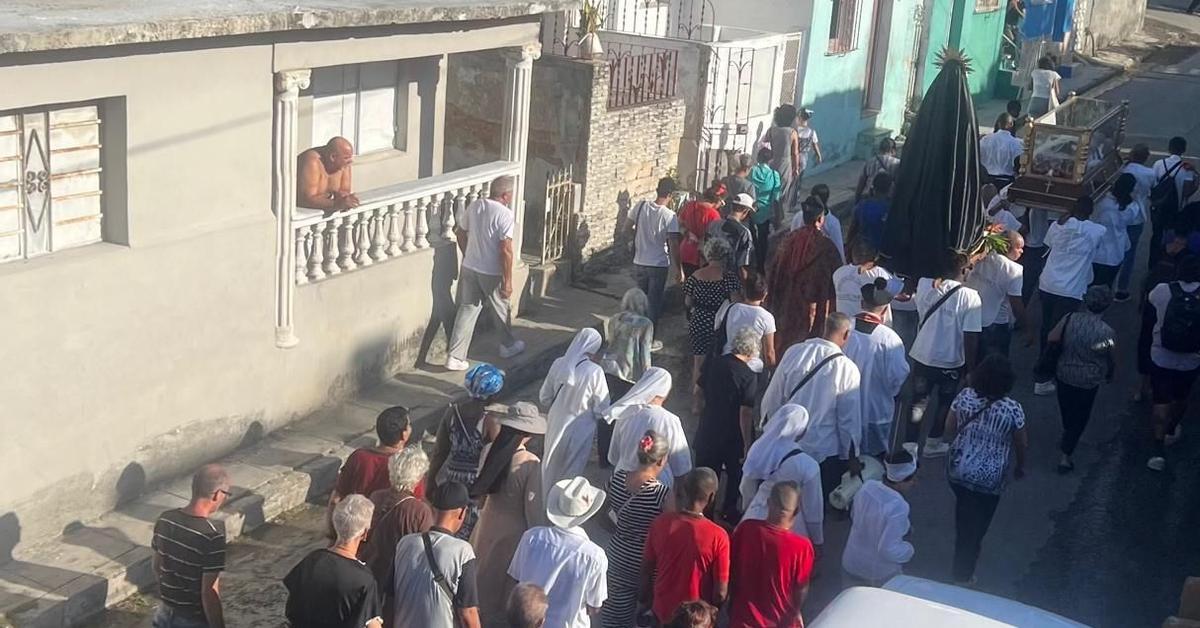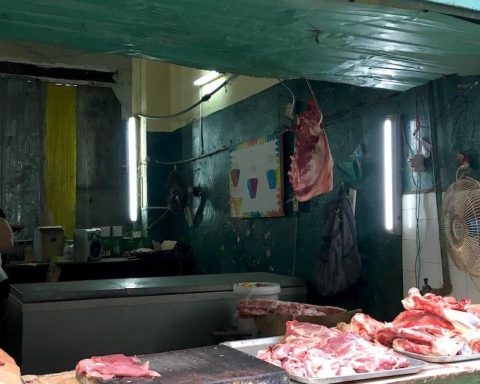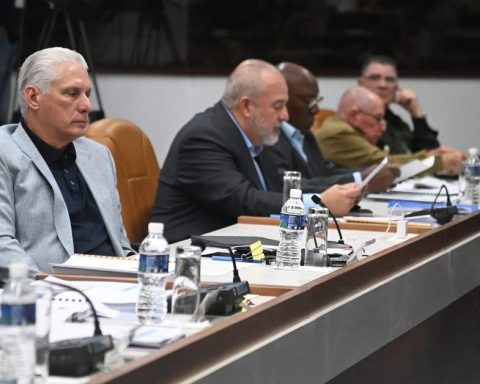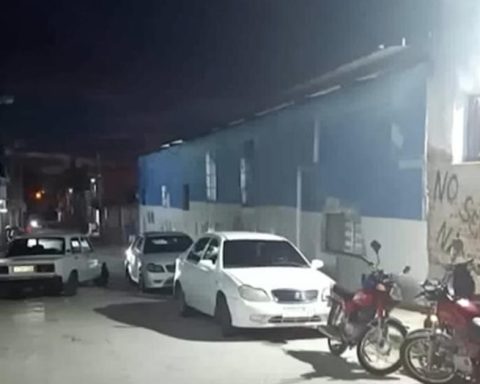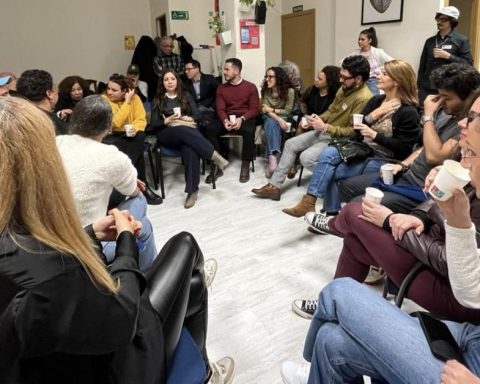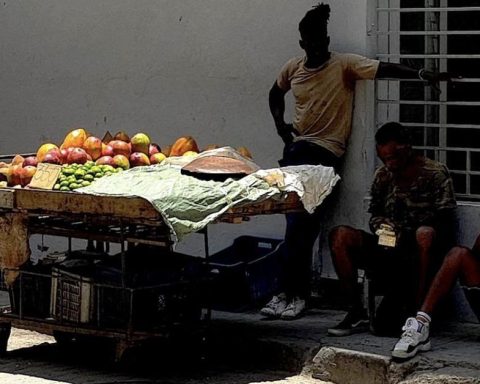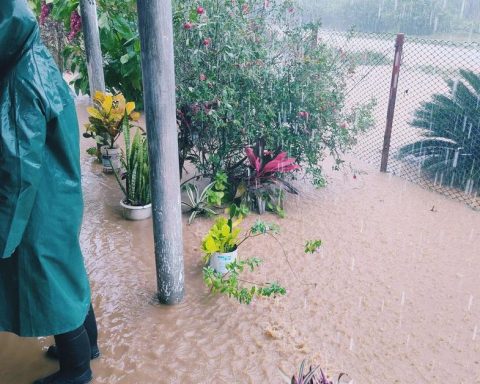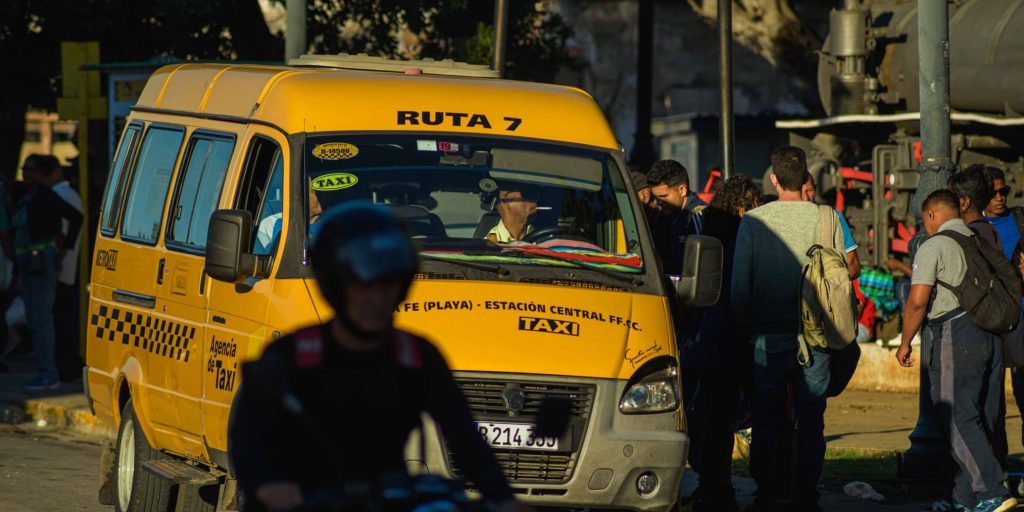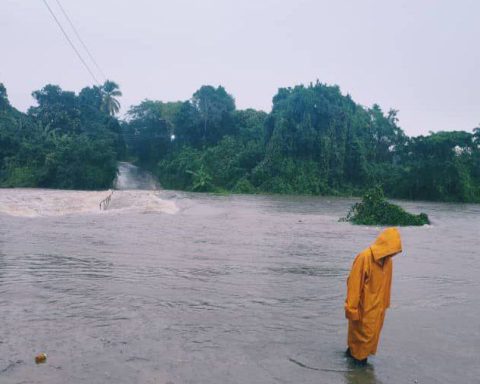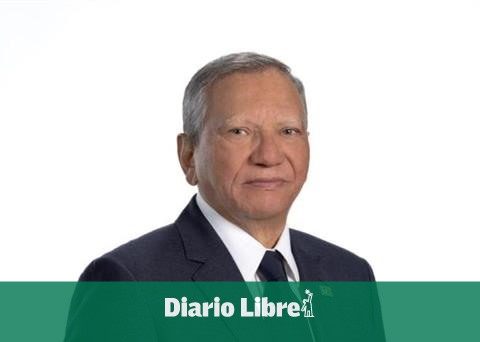Havana/Dozens of faithful Cuban Catholics toured the streets of the Historic Center of Havana with the Viacrucis of bitterness that commemorated the life, passion and death of Jesus this Good Friday, recovered as a festive day by the island since 2012.
The procession courtship, also called the painful way, started from the parish of the Christ of the Good Journey to perform a religious act that reviews the passion of Christ through 14 stations, which represent the different stages through which Jesus passed from his sentence to his crucifixion and, finally, his burial.
Images of Jesus carrying his cross and with his crown of thorns, as well as the Virgin Mary Painful, made the long journey on the shoulders of the devotees while the participants chanted prayers and listened to readings of the Gospel at each stop. Residents and curious waited for their passage to the doors and balconies of the buildings in the old and populous area of the Cuban capital.
/ 14ymedio
The penultimate station of the Camino de la Cruz marked a stop at the Cathedral of Havana to travel the last section to the church of the Holy Angel, the end point of this Víacrucis, the most important of those made during Holy Week since its beginning on Ramos Sunday.
This time, for the second consecutive year, the procession that is carried out in the streets of the parish of the Sacred Heart of Line, located in the Havana neighborhood of El Vedado, was suspended by the authorities, as reported on the social networks the pastor of that temple, Léster Zayas.
The penultimate station of the Camino de la Cruz marked a stop at the Cathedral of Havana
In 2012, the then Pope Benedict XVI made a pastoral visit to Cuba, during which he asked the then president of the island, Raúl Castro, to restore the commemoration of Good Friday, which had been suspended by almost half a century.
That year and the following, the Cuban government declared a holiday with “exceptional character” on Good Friday in consideration of Ratzinger’s request, and since 2014 he considered that Christian date as an officer in the calendar of the island, where it is estimated that 60% of the population is Catholic, according to the number of baptized people.
The relations of the Catholic Church and the Government have lived tensions since 1959, and then for years they remained with high and low until the beginning of the 1990s traveled to a distension, especially since the historic visit of Pope John Paul II in 1998, which followed that of Benedict XVI and the current Pontiff, Francisco. Now, again, the Church is under the attentive surveillance of state security.
